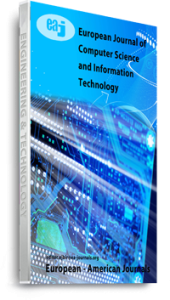The integration of unmanned aerial vehicle technology with machine learning represents a transformative advancement in agricultural monitoring. This comprehensive review explores how drone-based multispectral imaging combined with artificial intelligence creates precision agriculture systems capable of early disease detection, stress identification, and yield prediction. High-resolution spectral data captured across multiple bands enables detection of plant health issues days before visual symptoms appear, while sophisticated neural network architectures process this information to generate actionable insights. The resulting systems demonstrate remarkable capabilities in identifying common crop diseases across diverse agricultural environments while enabling targeted interventions that significantly reduce resource consumption. Implementation of these technologies leads to substantial water conservation, decreased fertilizer application, reduced pesticide use, and improved crop yields compared to conventional practices. Despite impressive advancements, challenges remain in areas of weather dependency, battery limitations, data management, and technology accessibility. Future developments in sensor integration, algorithm generalization, and deployment models promise to further enhance agricultural efficiency and sustainability, providing an essential pathway toward meeting global food demands while minimizing environmental impact.
Keywords: crop disease detection, machine learning, multispectral imaging, precision agriculture, unmanned aerial vehicles

